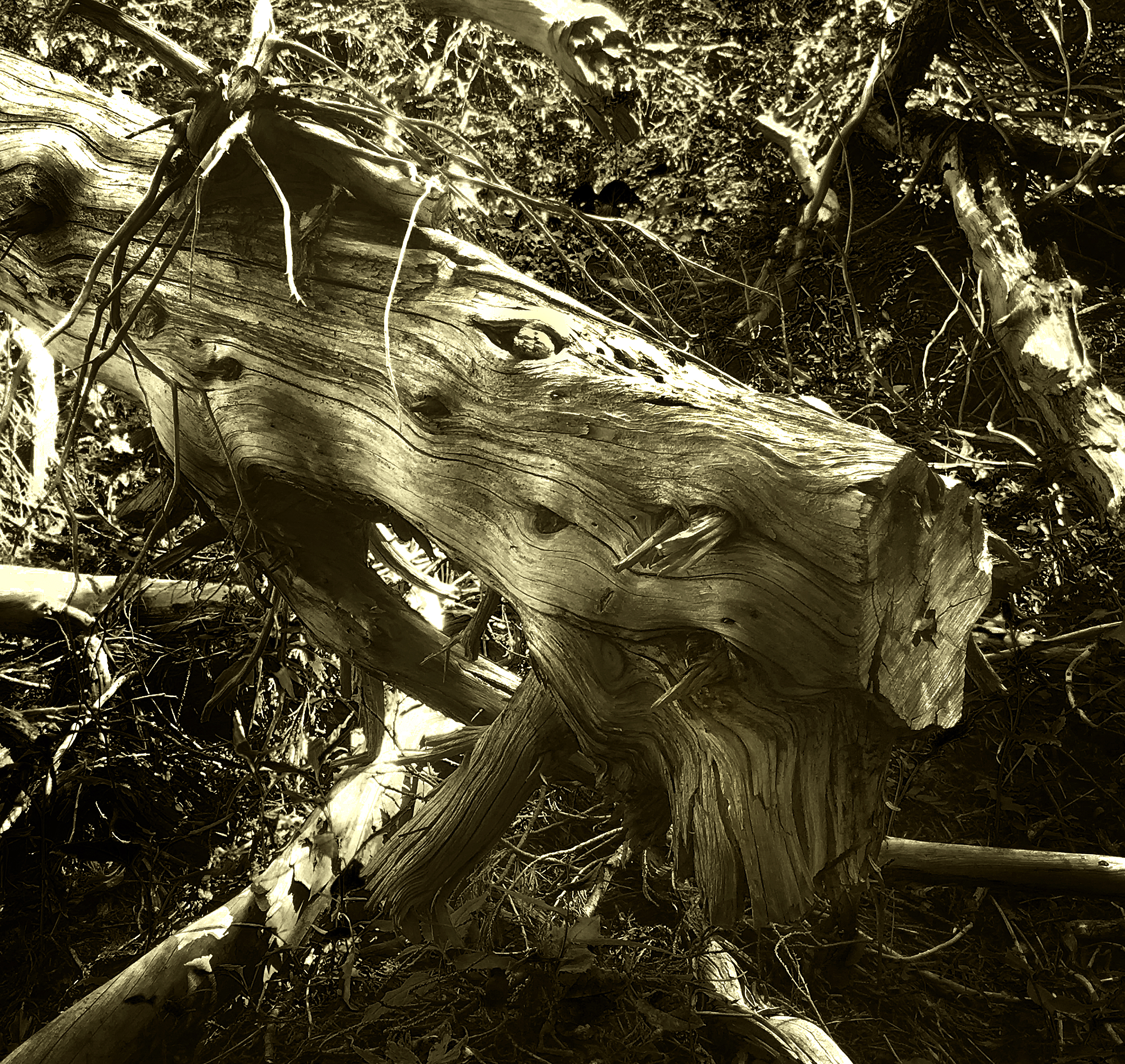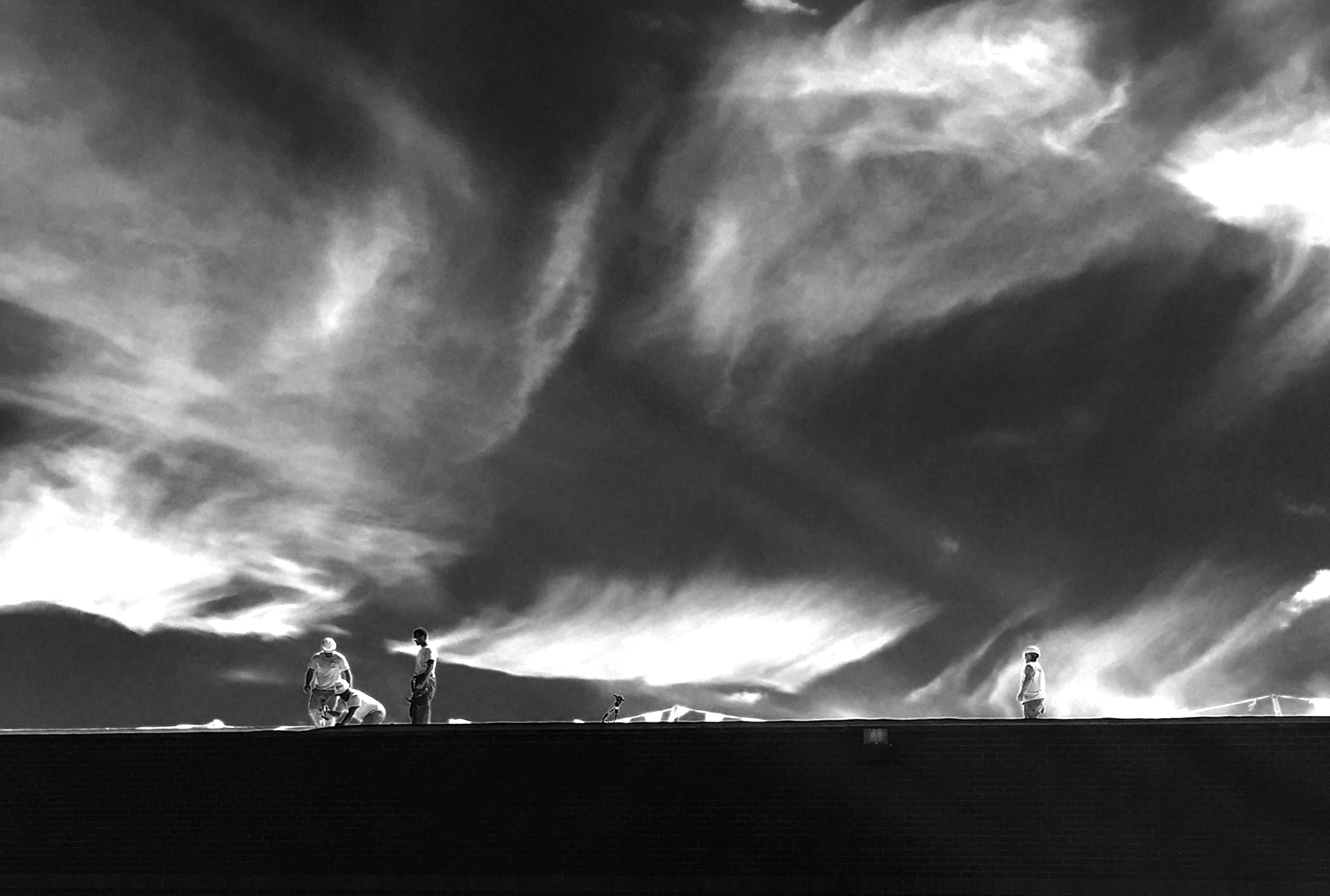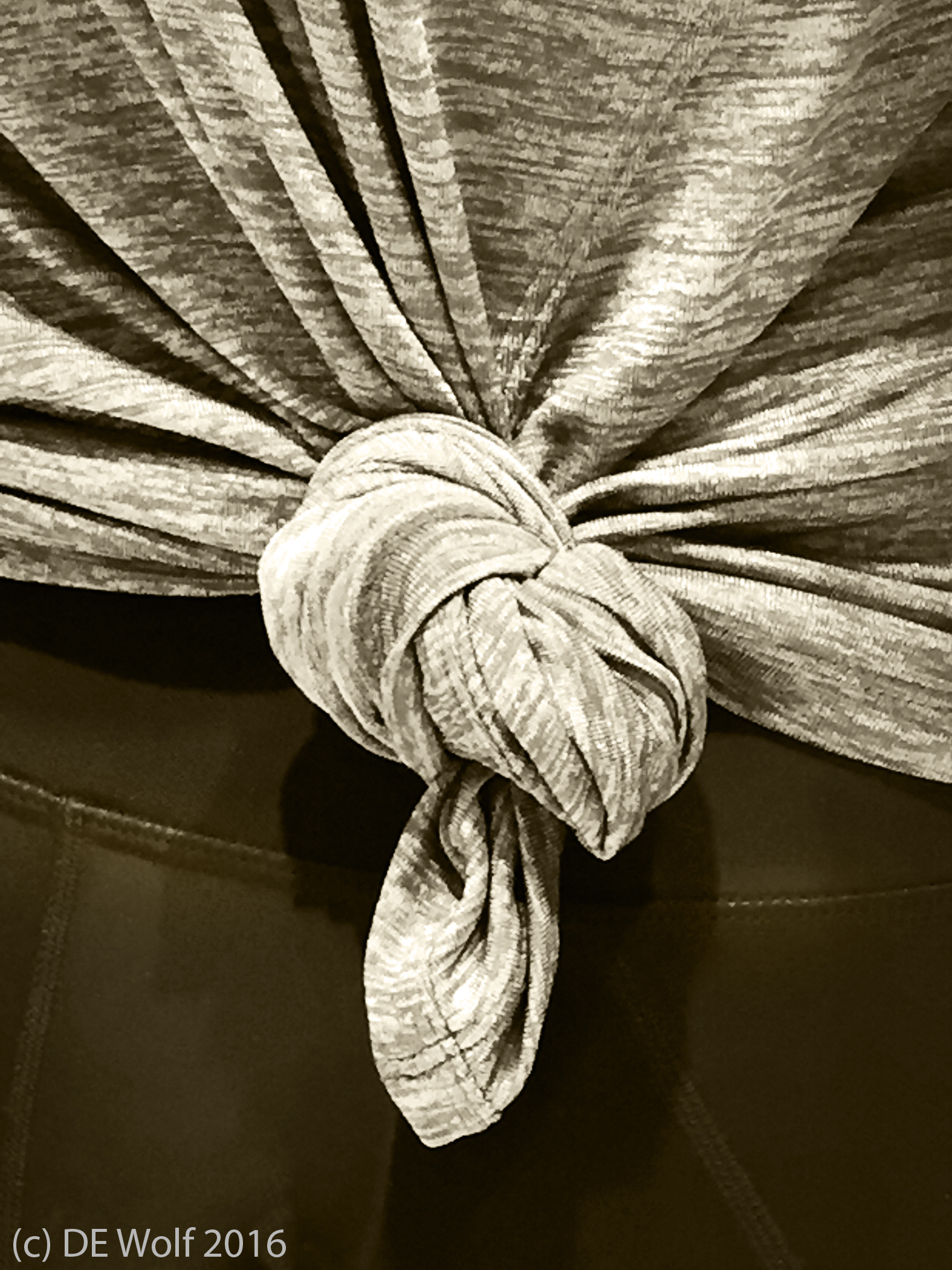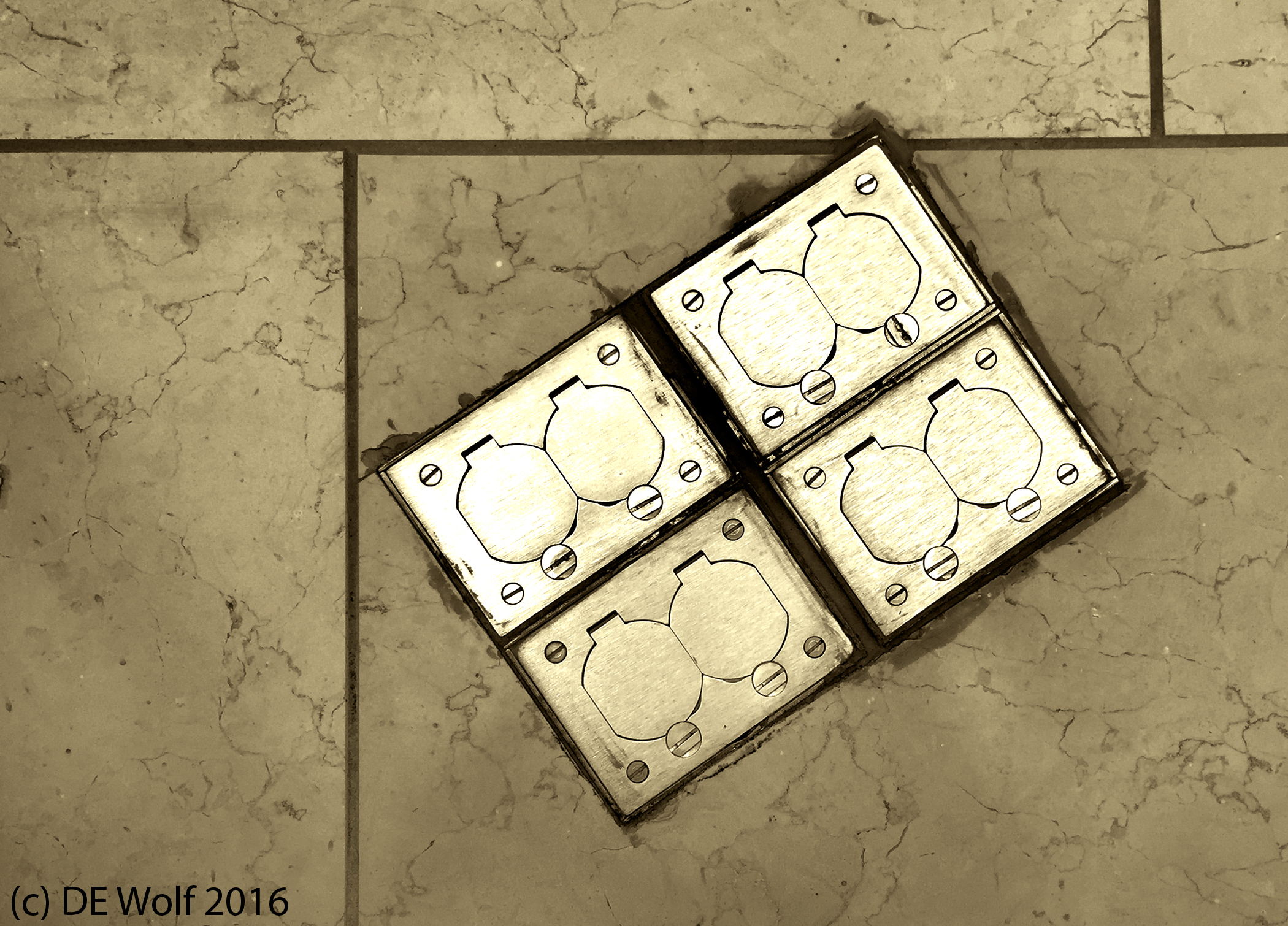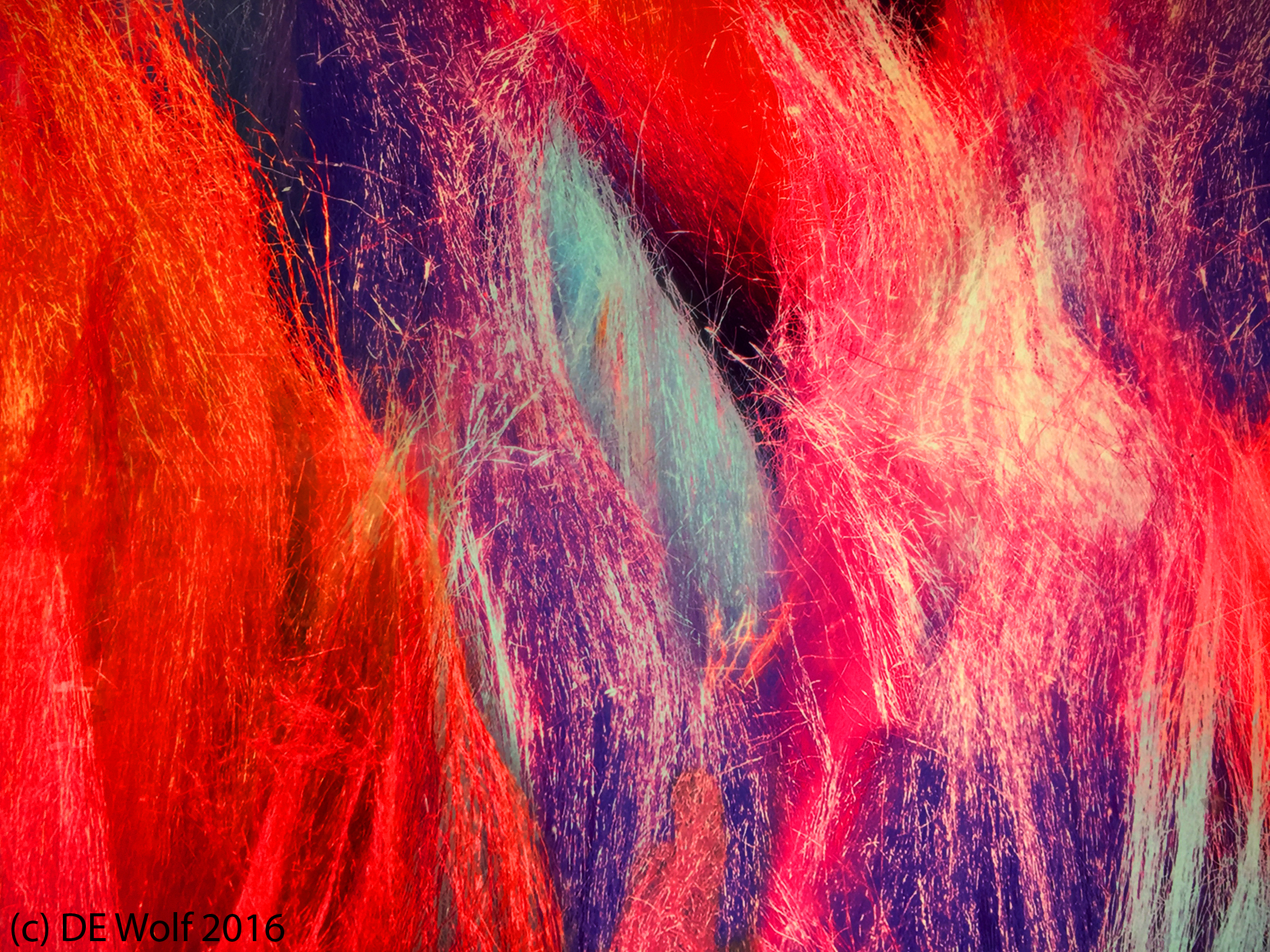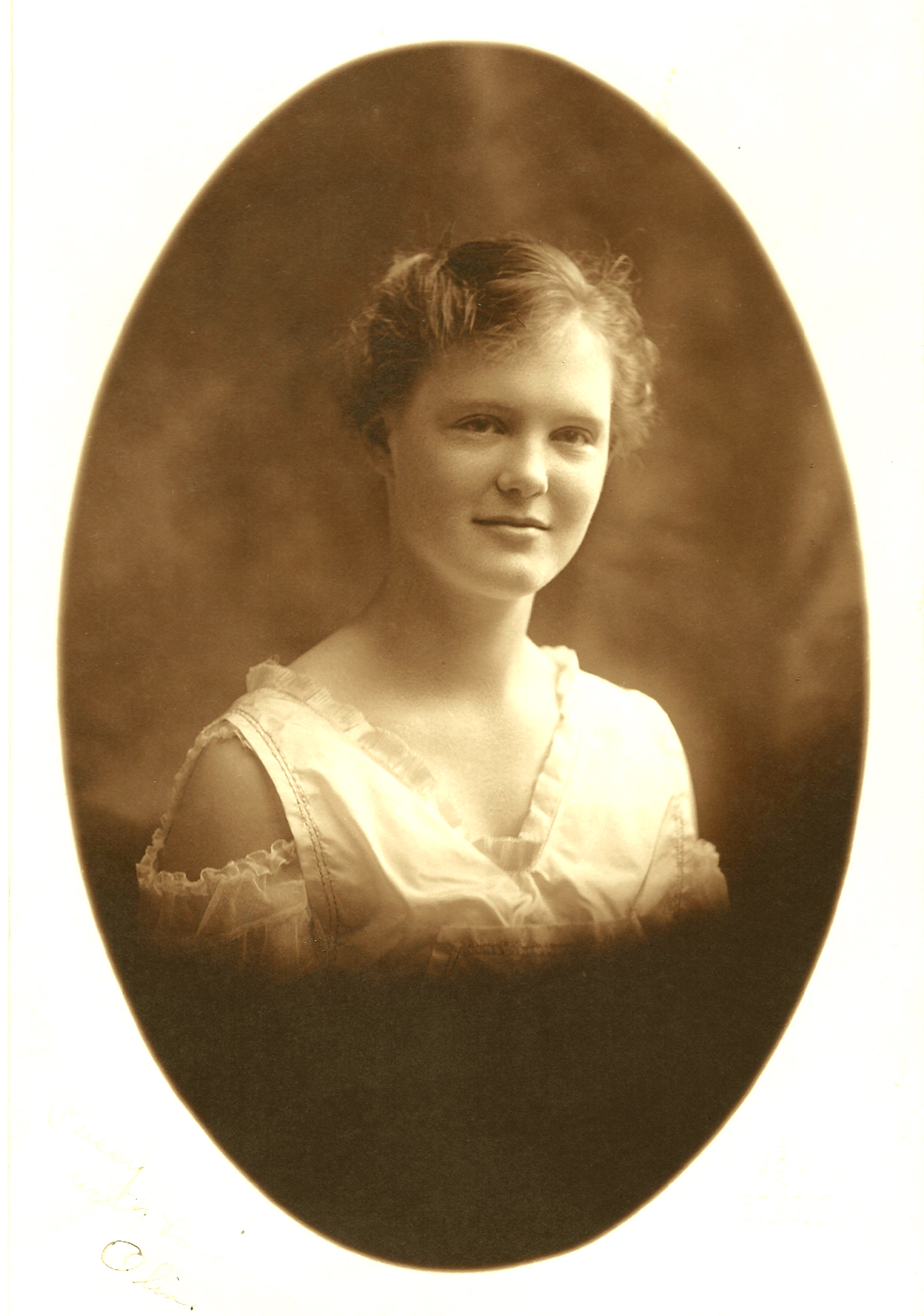
Figure 1 – Miss Olive Lewis of Pepperell, Massachusetts, photograph taken at the Wilson Studios in Brockton, MA in 1916-17.
This past Saturday I found myself poking around a couple of antique shops in Concord, Massachusetts. I like to dig around old photography items especially sorting through the stacks of second rate photographs or tin-types labeled as daguerreotypes. I was attracted to the inexpensive portrait of Figure 1, a silver gelatin print, which was taken in 1916-17 at the Wilson Studios in Brockton, Massachusetts. It is a portrait of a pretty young lady in a white summer dress named Olive Lewis of Pepperell, Massachusets and it contains a faint but elegant inscription that I believe reads to “Persis with love, Olive.”
I think that the photograph is a fine example of the quality of portraiture at the time. I find both the combination of the delicate soft focus, the pretty smile of the subject, and the gorgeously executed side illumination stunning – a far cry from the myriad of boring portraits that one usually comes across.
There is an advertisement that I found on the web for the sale of Wilson’s Studio in Abel’s Photographic Weekly from 1920. This because of the death of the proprietor. The studio was at 68 Main Street in Brockton, a city of 75,000, at the time and had been in continuous operation fro forty years; so 1880 – 1920. The back of the photograph bears in addition to the subjects name and place of residence, the name Howard Lemmary(?), who may have been the photographer. Finally if you look into the Lewis genealogical records of Pepperell, Massachusetts you find that Persis was a Lewis family name; so it all seems to fit together.
I have spoken before about the nameless faces with forgotten stories that, captured in silver, stare, or in this case, smile back at us. Here with a little electronic research, part of the veil of obscurity is cast away. Still we know so little of Olive’s story. It is part of the photographer’s skill and art that it matters to us. And it would have astounded Miss Lewis to learn that a century later her portrait would be posted on the web.


